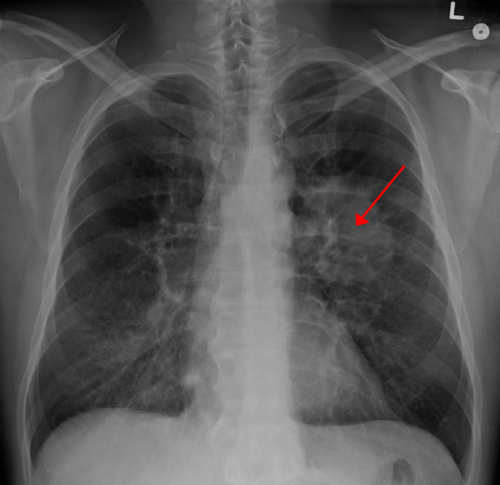Team discovers novel mechanism controlling lung cancer stem cell growth

Lung cancer is the second most common type of cancer and the number one cause of cancer-related mortality. It is estimated that more than 158,000 people will die from lung cancer in the United States this year. Many scientists believe that targeting a type of cell called a cancer stem cell may be necessary to completely cure lung cancer. Moffitt Cancer Center researchers discovered a novel mechanism that plays an important role in the maintenance of lung cancer stem cells. This finding may lead to new potential therapeutic targets.
Cancer stem cells are a subset of cells within tumors that are believed to be responsible for the initiation of cancer. Cancer stem cells can reproduce themselves through a process called self-renewal and sustain the growth of a tumor. According to Srikumar P. Chellappan, Ph.D., chair of the Department of Tumor Biology at Moffitt, "these cells can also contribute to the metastasis of tumors as well as the reappearance of tumors after they have been eliminated from the body."
A protein called YAP1 was previously shown to contribute to the growth of lung cancer cells; however, it was unknown how YAP1 controls lung cancer growth and progression. Moffitt researchers found that YAP1 plays an important role in cancer stem cell self-renewal.
They reported that YAP1 is found at high levels in lung cancer stem cells and binds to a protein called OCT4. Together, YAP1 and OCT4 regulate a third protein called SOX2. This intricate regulation process allows stem cells to maintain their ability to undergo self-renewal and form blood vessel-like structures.
The team compared the levels of YAP1 and OCT4 in lung cancer and normal tissue. They discovered that YAP1 is present at higher levels and interacts with OCT4 more in primary and metastatic lung tumors than normal tissue. Additionally, lung cancer patients who have high levels of YAP1 in their tumors are more likely to have a poorer prognosis than patients with low levels of YAP1. These observations suggest that YAP1 may be a potential therapeutic target.
The researchers confirmed this hypothesis by showing that if they blocked YAP1 they could inhibit stem cells from undergoing self-renewal, forming blood vessel-like structures, and reduce lung cancer cell growth in mice.
"These results raise the possibility that inhibitors of YAP1 function or agents that can disrupt the binding of YAP1 to OCT4 could have anti-cancer effects. The identification of novel and effective inhibitors of YAP1 activity can be expected to have significant benefits as anticancer agents," explained Chellappan.
This study was published in the March 6 edition of the journal Stem Cells.
More information: Stem Cells, onlinelibrary.wiley.com/doi/10 … 2/stem.1993/abstract















